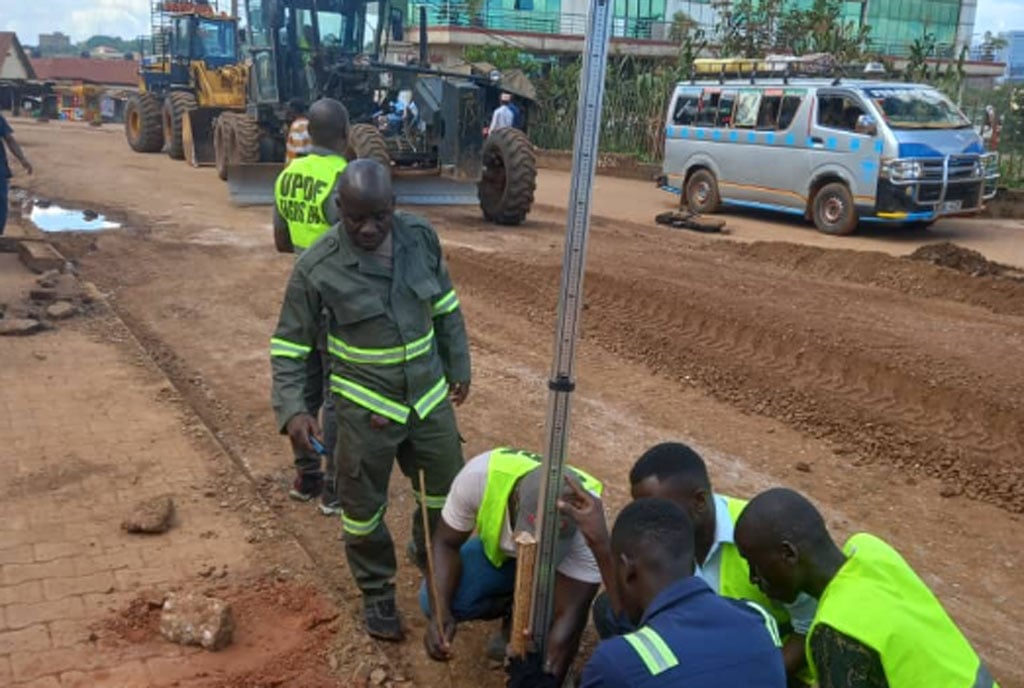Prime
Just make KCCA a department of the UPDF!

Author: Moses Khisa. PHOTO/FILE
What you need to know:
- More than a decade ago, the rulers made a bold move by stripping executive authority from an elected figure and onto an appointed Executive Director.
- Through the 1990s and 2000s under successive elected mayors with executive powers (mostly from the opposition Democratic Party), Kampala was on a downward spiral of decay and dysfunction, runway malfeasance and endemic corruption. Then came Ms Jennifer Musisi as ED, a technocrat with the tough job of engineering a turnaround.
At the height of the Twitter campaign earlier this year that cast a spotlight on the extent of collapse of Kampala’s roads, the government, or rather the ruler-in-chief, directed the finance ministry to immediately release 6 billion shillings for road maintenance. Yes, 6 billion not trillion to repair roads in the national capital!
If that sounded like a joke, the bigger joke came this week: 2 billion for the Special Forces Command (SFC) to fix Kampala’s roads. This is half a million dollars. Under ideal circumstances where there is an efficient government and limited corruption, 2 billion at best gives us a kilometre of a decently paved road.
But consider that the rulers through state house and classified budget votes arguably spend more than half a million dollars a day! Also, consider that as much as two-thirds of Uganda’s economy is in Kampala. The rulers reside and work in Kampala, run the state from Kampala, have the bulk of their businesses in Kampala; it is here that they own some of their most prized properties.
Kampala’s problems are bigger than just potholes needing quick fixing. And since our rulers have abiding faith in the military and militarism, it is better to place Kampala directly under the national army, the UPDF, and direct the city’s affairs from there.
The rulers see Kampala as a security threat with the masses of young, unemployed and desperate Ugandans. Thus, placing management of Kampala under the UPDF will make containing the security threat easier, but it also may well mean the huge defence and security financial war chest could improve the city’s outlook. Well, I’m kidding…
Strictly speaking, Kampala is Uganda’s only city. With a rapidly growing population and all manner of environmental degradations including commandeering green spaces and erecting concrete structures in wetlands, the city’s infrastructure especially roads has fallen far behind.
So we would expect the rulers to take some very drastic and decisive measures to shore up things. The lacklustre response to Kampala’s road crisis, and the move to do very superficial quick fix with the handful of billions (part of it will be stolen one way or another) bespeaks of the sheer lack of imagination and the absence of big long term ambition of turning around Uganda.
The rulers appear quite focused on the long-term hold on power, but not demonstrated determination to transform the country.
As a twenty-first city, Kampala is an embarrassment. We need not look far. Not many cities regionally or continentally match Kampala’s dysfunction – the chaos and confusion on roads, the disorder, the poor if not total absence of basic street lighting, the failure to enforce basic standards for buildings and other physical structure. It is all staggering.
More than a decade ago, the rulers made a bold move by stripping executive authority from an elected figure and onto an appointed Executive Director.

This photo taken on November 28, 2023 shows President Museveni's son, Gen Muhoozi Kaineruga (C) inspecting pothole-riddled roads in Kampala after SFC construction regiment secured a multi-billion deal to repair roads in Uganda's capital.
Through the 1990s and 2000s under successive elected mayors with executive powers (mostly from the opposition Democratic Party), Kampala was on a downward spiral of decay and dysfunction, runway malfeasance and endemic corruption. Then came Ms Jennifer Musisi as ED, a technocrat with the tough job of engineering a turnaround.
Up against a herculean task of a physically dilapidated city, facing powerful political forces with vested interests and all sorts of mafia actors, at some point Ms Musisi appeared to have mustered the wherewithal to change things. We got some visible results. There were casualties and cries. But she succeeded in moving the needle in the right direction.
In the end though, it all turned out superficial and unsustainable. Not many now recall much of the praises, only a few years ago! The ruler-in-chief actually slapped Ms Musisi in the face accusing her of costing him political support in Kampala. Utterly strange.
As I have argued here before, Mr Museveni does not need support in Kampala to rule, so it is puzzling why he insists on obstructing unpopular policies and measures that would nevertheless clean up the mess in the city. But it is not just Kampala, rather there is an across the board epic failure to engineer serious and consequential change during the close to four decades of Museveni’s rule.
Kampala has appalling roads, a horrible sewer system and poorly developed water supply network, but all these and others are worse everywhere else in the country! Even with the recently tarmacked highways and other major roads that are often trumpeted as marking major accomplishments, our overall countrywide road network is shallow. Much of rural Uganda has no roads to talk about.
The state of Kampala-Jinja-Iganga highway is by far the biggest indictment. Uganda’s access to the sea, making it the most important highway, but also a road that serves the bulk of import-export traffic for Burundi, Congo, Rwanda and South Sudan!
If Mr Museveni was the visionary he claims to be, investing in an ultra-modern and a sophisticated-design highway would have been his signature accomplishment. One has to wonder what national physical landmark will remain behind in Mr Museveni’s name long after he is gone.




